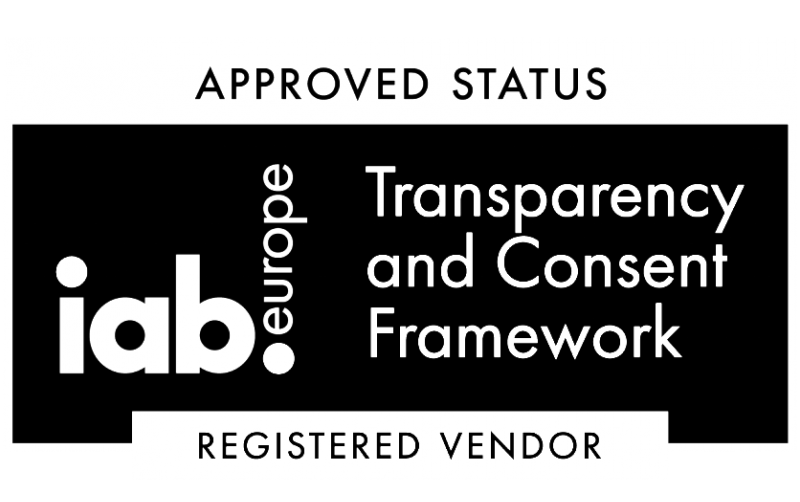Evolving Monetization Strategies for Esports in 2025

As we stand on the brink of 2025, the esports industry is poised for unprecedented growth. With millions of fans worldwide and a rapidly expanding ecosystem, monetization strategies are evolving to meet the demands of this dynamic landscape. This blog explores the innovative approaches shaping the financial future of esports, drawing on examples and statistics that highlight their effectiveness.
The Rise of Esports: A Brief Overview
Esports has transformed from niche gaming competitions to a global phenomenon, attracting millions of viewers and generating significant revenue. According to Newzoo, the global esports market is expected to surpass $1.6 billion by 2025, driven by increased viewership and sponsorships. As the audience grows, so does the need for innovative monetization strategies.
The League of Legends World Championship it is a prime example of how esports events can generate massive revenue. In 2023, the event attracted over 140 million viewers, leading to a staggering $33 million in revenue from ticket sales, merchandise, and sponsorships. This illustrates the potential of esports events to create lucrative monetization opportunities.
Sponsorships: The Backbone of Esports Revenue
Sponsorships remain a cornerstone of esports monetization. Brands are increasingly recognizing the value of engaging with the young, tech-savvy audience that esports attracts. In 2025, we can expect sponsorship deals to evolve in several ways, influenced by top technologies driving digital transformation in sports.
Red Bull and Team SoloMid (TSM): Red Bull’s partnership with TSM exemplifies the successful integration of brands into the esports ecosystem. The deal, valued at $100 million over five years, has allowed Red Bull to tap into TSM’s extensive fanbase. This partnership not only boosts brand visibility but also enhances TSM’s resources for player development and content creation.
Merchandising: Creating a Brand Identity
Merchandising has become a vital revenue stream for esports organizations. As fans seek to connect with their favorite teams and players, merchandise offerings are expanding beyond traditional apparel to include collectibles and digital items.
Example: FaZe Clan’s Merchandise Strategy: FaZe Clan has successfully leveraged its brand identity through merchandise. In 2023, the organization reported over $40 million in revenue from merchandise sales alone. By collaborating with fashion brands and influencers, FaZe Clan has created limited-edition items that resonate with fans and collectors alike. According to Statista, the global esports merchandise market is expected to reach $20 billion by 2025, indicating a growing appetite for team-branded products.
Digital Content and Streaming: Expanding Revenue Streams
The rise of digital content and streaming platforms has revolutionized how esports organizations monetize their content. By diversifying revenue streams through platforms like Twitch, YouTube, and even proprietary streaming services, esports entities can reach wider audiences.
Ninja’s Streaming Success: Tyler “Ninja” Blevins, one of the most recognized esports personalities, has leveraged streaming to build a multi-million dollar brand. In 2023, Ninja earned an estimated $10 million through his Twitch and YouTube channels, demonstrating the financial potential of content creators in the esports space.
In-Game Purchases and Virtual Goods: The Future of Monetization
In-game purchases and virtual goods have become a significant revenue source for game developers and esports organizations alike. As fans become more invested in their favorite games, the demand for exclusive content and cosmetic items continues to rise.
With the proliferation of mobile technology, this trend is amplified further. Mobile gaming allows players to engage with their favorite titles anytime and anywhere, leading to increased opportunities for in-game purchases. Developers are capitalizing on this by offering exclusive mobile content, such as limited-time skins and special items, that enhance the gaming experience.
Fortnite’s In-Game Economy: Epic Games’ Fortnite has set the standard for in-game monetization, generating over $9 billion in revenue since its launch. The game’s frequent updates and collaborations with popular franchises keep players engaged and willing to spend on skins, emotes, and battle passes. This model serves as a blueprint for other esports titles looking to enhance their monetization strategies.
Online Shopping Sites: A New Marketplace for Esports Merchandise
Discussing in-game purchases and virtual goods naturally leads to the topic of where fans might buy related merchandise or exclusive items. Online shopping sites in Qatar have begun to cater specifically to the gaming community by offering esports merchandise and in-game items.
Platforms like Qatar online shopping sites and Souq Waqif are emerging as popular destinations for fans looking to purchase gear, collectibles, and exclusive digital content. This trend highlights the increasing intersection between esports and e-commerce, providing fans with more ways to engage and invest in their favorite game.
Events and Tournaments: Creating Unique Experiences
Esports events and tournaments provide immersive experiences for fans and players alike. As organizations explore new formats and engagement strategies, monetization opportunities will expand significantly.
ESL One Hamburg: The ESL One Hamburg Dota 2 tournament showcased the potential of live events to generate revenue through ticket sales, merchandise, and streaming rights. In 2023, the event attracted 15,000 live attendees and millions of online viewers, resulting in a revenue of over $5 million.
Subscription Models: Building a Loyal Fanbase
Subscription models are gaining traction as esports organizations seek to build a loyal fanbase and generate recurring revenue. By offering premium content and exclusive perks, organizations can create a sustainable revenue stream.
Riot Games’ League of Legends Subscription: Riot Games has explored subscription models through its League of Legends ecosystem. The company introduced a premium service that offers exclusive in-game content, early access to new champions, and other perks for a monthly fee. This model has proven successful in enhancing player engagement and generating consistent revenue.
The Future of Esports Monetization
As we look ahead to 2025, the esports industry is set to undergo a transformation in monetization strategies. From sponsorships and merchandising to digital content, affiliate marketing, and blockchain technology, the possibilities are vast. By embracing innovative approaches and leveraging emerging trends, esports organizations can create sustainable revenue streams while enhancing the fan experience.
Janet is a writer at Seek Qatar, specializing in digital design. With a background in graphic design and user experience, she explores the intersection of creativity and technology in Qatar’s evolving digital landscape.
Stay tuned!

- Contacto DPO: privacy@telecoming.com
- Finalidad del tratamiento: suscripción al blog.
- Legitimación del contrato: consentimiento.
- Destinatario de cesiones o transferencias: no se efectúan transferencias de datos fuera de la UE.
- Derechos de las personas interesadas: acceso, rectificación, supresión, oposición, limitación del tratamiento, portabilidad de los datos e interposición de reclamación ante la AEPD.



